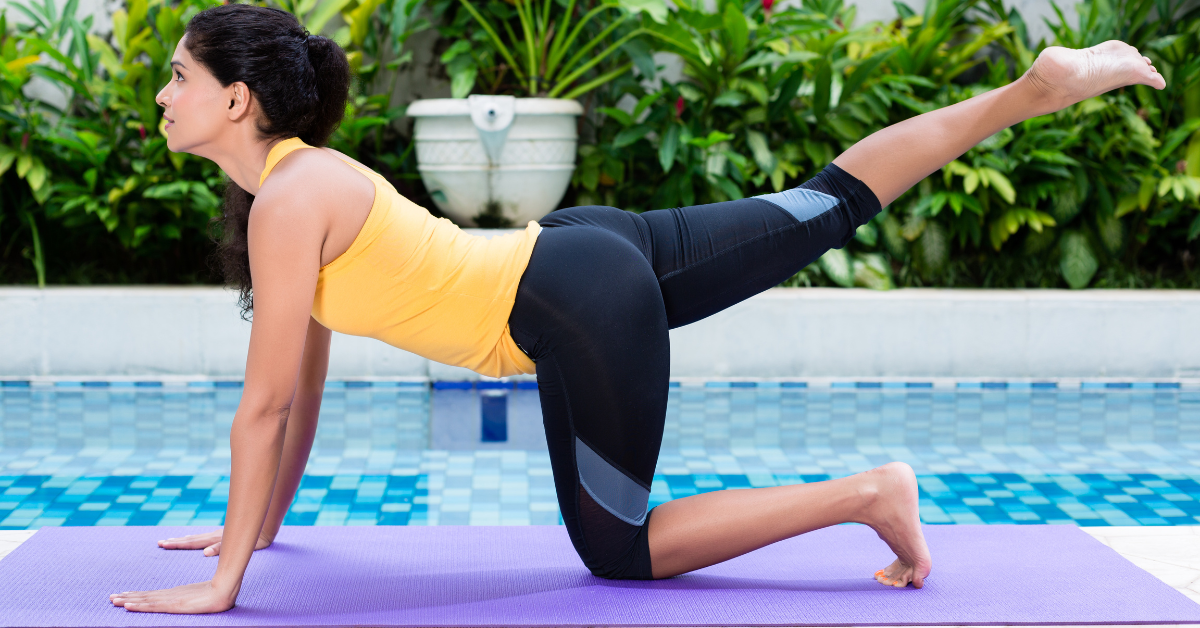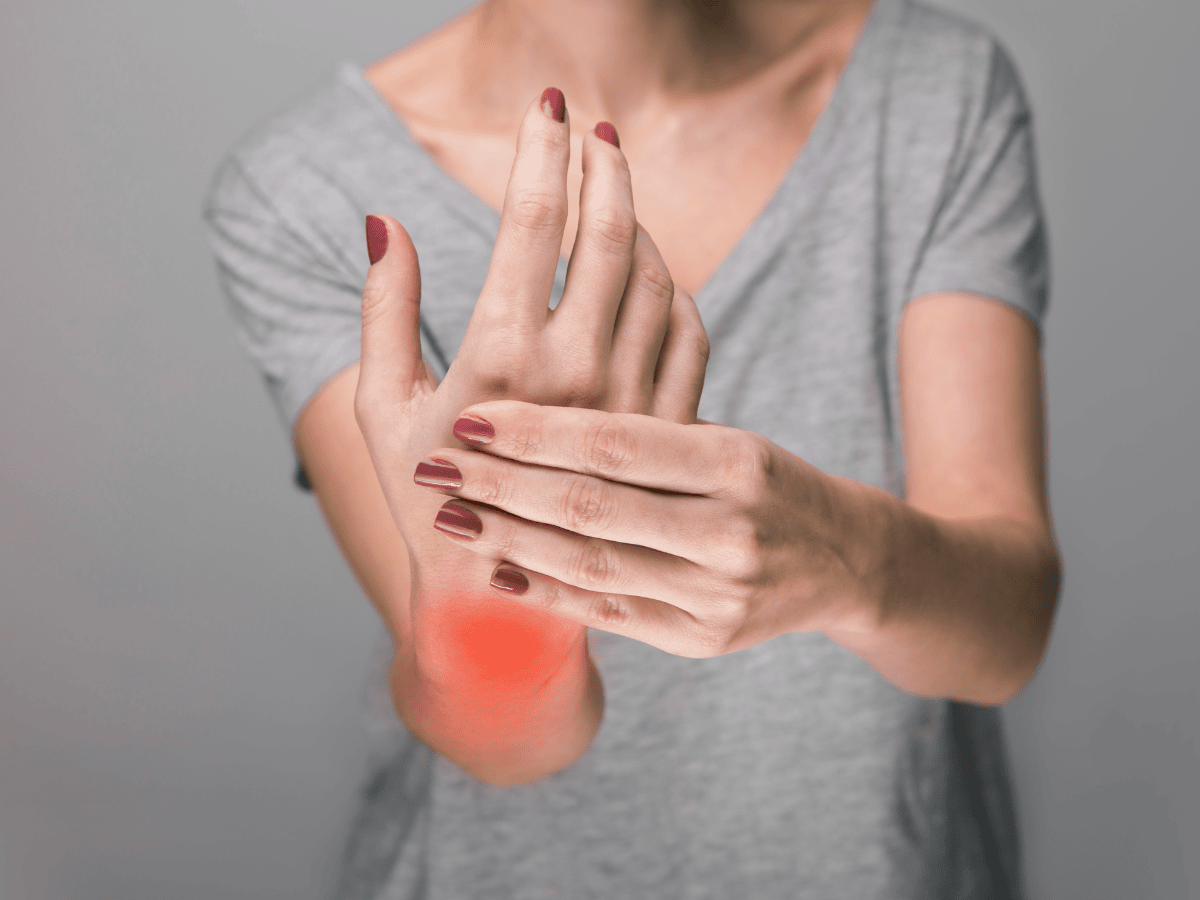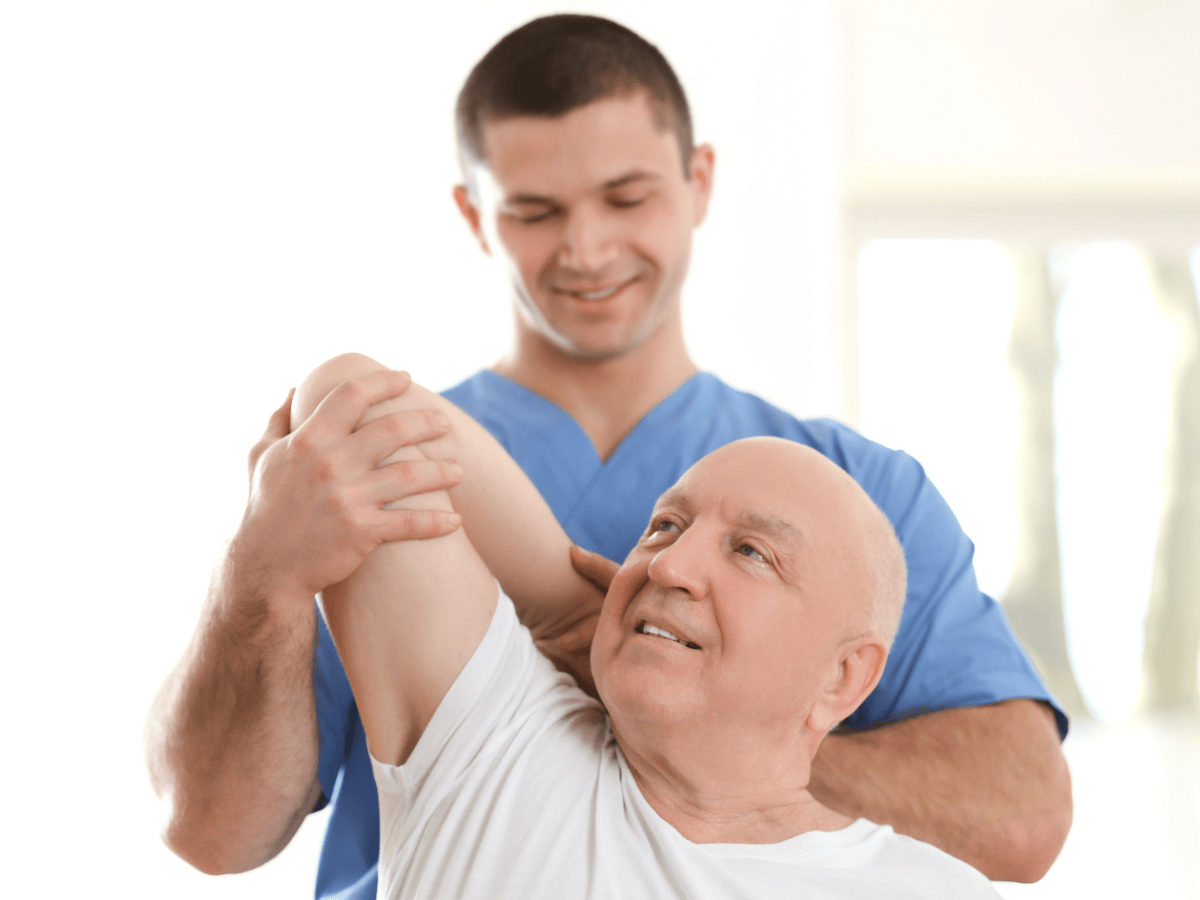What Are the Best Physiotherapy Knee Pain Exercises in PDF?
Discover the Best Knee Pain Exercises to Alleviate Discomfort and Improve Mobility
Knee pain is a common issue that affects people of all ages. It can be caused by various reasons such as injury, arthritis, overuse, and obesity. Knee pain exercises can help to reduce discomfort and improve the strength and flexibility of the knee joint.
In this blog post, we will discuss the best exercises for knee pain, how exercise can fix knee pain, the fastest way to relieve knee pain, and whether walking is good for a hurt knee.
In this blog we’ll be looking at the following:
– What exercises are best for knee pain?
– Can knee pain be fixed with exercise?
– What is the fastest way to relieve knee pain?
– Is walking good for a hurt knee?
What exercises are best for knee pain?
When it comes to knee pain, there are several exercises that can help to alleviate the discomfort.
These exercises are designed to strengthen the muscles around the knee joint and improve flexibility. Counterintuitively, the exercise that you find uncomfortable but not painful is usually the one that will be most effective for knee pain.
Like Goldilocks and the three bears, we don’t want the exercise to be too easy (so it’s ineffective) or too hard (so it’s painful), but juuuust right so that your knee is able to adapt to the stress in a positive way.
Some of the best exercises for knee pain include:
Quadriceps strengthening exercises: These exercises help to strengthen the muscles in the front of your thigh and are essential for maintaining good knee health.
Hamstring strengthening exercises: The hamstrings are the muscles on the back of your thigh and are important for knee stability.
Gluteal strengthening exercises: The glutes are the muscles in your buttocks and help to support your knee joint during movement.
Range of motion exercises: These exercises help to improve the flexibility of your knee joint and prevent stiffness.
Light physical activity: Pain-free activities such as swimming, cycling, and walking can help to improve vascularisation in the affected area promoting recovery.
Can knee pain be fixed with exercise?
Exercise can be an effective way to manage knee pain, especially if the pain is caused by an injury or overuse.
Strengthening the muscles around the knee joint can help to support the joint and reduce the pressure on it. Exercise can also help to improve flexibility, which can help to prevent future injuries.
However, it is important to consult a healthcare professional before starting any exercise program if you have knee pain.
What is the fastest way to relieve knee pain?
The fastest way to relieve knee pain is by starting a rehabilitation program that includes exercises to gradually increase range of motion and build strength and endurance in the knee. However, it’s important to remember that focusing on milestones, rather than time frames, is key.
After initial onset, it’s recommended to rest for 1-3 days before incorporating exercises such as quad sets, straight leg raises, and hamstring stretches. It’s worth noting that the length of your recovery period will depend on a number of factors, such as the severity of your injury, tissues involved, and your adherence to a well-designed rehabilitation program.
Consistency and dedication are crucial in achieving a successful recovery. By following a structured rehabilitation program and remaining dedicated to your goal, you can promote healing and regain full functionality of your knee.
Ultimately, the fastest way to relieve knee pain is to get a FREE ASSESSMENT from one of our Physiotherapists using the link below and get access to our online knee pain programme.
Is walking good for a hurt knee?
Walking can be a great way to increase the vascularization to the injured tissues and promote recovery. When you walk, the movement of your legs helps to pump blood through your body, increasing circulation and bringing oxygen and nutrients to the damaged tissues. This increased blood flow can help to reduce inflammation and speed up healing.
Walking can help to maintain the range of motion in the knee joint, preventing stiffness and promoting better mobility. However, it’s important to listen to your body and not push yourself too hard.
In addition, tracking steps can be a useful tool to measure the load and stress you are putting through the knee. If you consistently do too many steps and your knee hurts the day after, it may be a sign that you are overdoing it. In this case, it’s important to reduce your step count and gradually increase it over time.
A good starting point is to reduce your steps to 75% of your original count and then increase by 5% every week, as long as your knee can tolerate it. This will help you to gradually build up your strength and endurance without causing further damage or pain. Remember to always listen to your body and adjust your activity level accordingly.
At Health by Science Physiotherapy, we offer a free Online Physiotherapy assessment and knee pain program that can help you manage your knee pain. Our program includes exercises designed to strengthen the muscles around the knee joint and improve flexibility. We also offer personalised treatment plans that are tailored to your specific needs. To book in simply click the link below.
In conclusion, knee pain can be managed with exercise, but it’s important to consult a Physiotherapist before starting any exercise program. Strengthening the muscles around the knee joint, improving flexibility, and engaging in pain-free activities can all help to alleviate knee pain.
Remember to rest your knee for the first few days before starting to stress it, and take over-the-counter pain medication if needed. And don’t forget to check out our free online physiotherapy assessment and knee pain program!
Walking is indeed a fantastic way to promote recovery and maintain mobility, especially when dealing with knee pain. But let’s not forget the power of Personal Training and Sports Massage, two tools that can significantly enhance your wellness journey.
Personal training isn’t just for those looking to lose weight or build muscle. It’s also an incredibly effective method for injury prevention and recovery. A skilled Personal Trainer can create a customised program tailored to your needs, focusing on strengthening the muscles around your knee and improving flexibility.
And the best part? You’re not alone in this. Your trainer will be there, cheering you on every step of the way, making sure you stay motivated and committed to your recovery.
On the other hand, sports massage can work wonders in reducing inflammation and speeding up healing. It can help increase circulation, bringing more oxygen and nutrients to your damaged tissues, much like walking.
To wrap up, managing knee pain is a holistic process. It involves not only exercise but also professional guidance and self-care. And while rest and over-the-counter medication can provide temporary relief, a comprehensive approach involving Physiotherapy, Personal Training, and Sports Massage can lead to long-term improvement.
YouTube
Introduction to Knee Pain
What’s causing your knee pain?
What are the different types of knee pain?
How can I fix my knee pain?
What are the five common knee myths?
How much should I stress and how much should I rest my knee?
How long will it take to recover from knee pain?
What are the 3 best exercises for knee pain?





